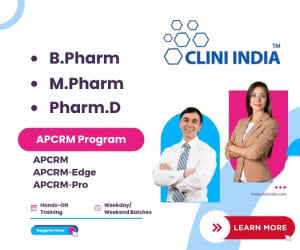PLAGIARISM: A GROWING CONCERN IN SCIENTIFIC COMMUNITY
Let us first of all know about plagiarism and how it is different from copyright piracy. Plagiarism word is derived from Latin word plagiaries which mean stealing someone else’s work1. According to oxford dictionaries its literal meaning is “the practice of taking someone else’s work or ideas and passing them off as one’s own”2. Wikipedia defines plagiarism as “the wrongful appropriation and purloining and publication of another author's language, thoughts, ideas, or expressions, and the representation of them as one's own original work”1. The word plagiarism is different from copyright piracy3. Copyright piracy is unauthorised doing anything, the exclusive right to do which is with copyright owner or reproduction, sale or hiring in any form4,5 whereas plagiarism is the failure of giving credit to original author5 but both are infringements of copyright (under Indian Copyright Act, 1957) and hence crime. Unauthorised reproduction, sale or hiring is not infringement of copyright after expiry of the copyright protection period which varies nation-wise (minimum requirement under Berne Convention is 50 years and 60 years in case of India, post mortem of copyright owner) but under author’s moral rights his authorship and control over the work is forever and no one can represent it as his/her own original work6. If someone is doing so it would be plagiarism and hence serious ethical offense and crime.



 About Authors:
About Authors: 
 ABOUT AUTHORS:
ABOUT AUTHORS: 

 ABOUT AUTHORS:
ABOUT AUTHORS: 
 About Authors:
About Authors: 







.png)

